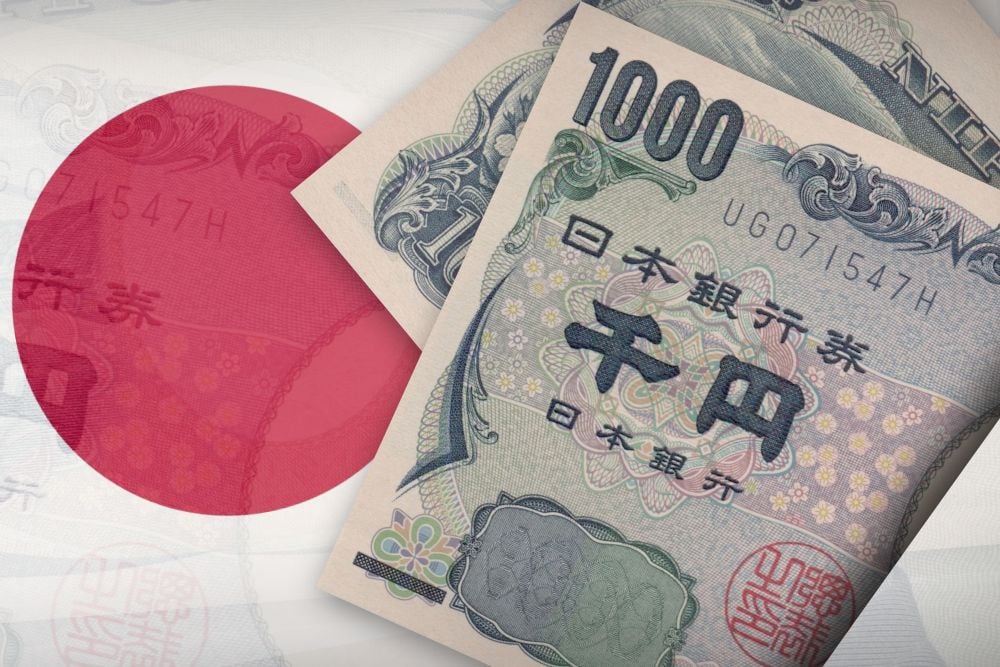The China Foreign Exchange Trade System (CFETS) recently confirmed that it is considering adjusting the renminbi fixing formula – a move which would further reduce renminbi volatility. When the renminbi exchange rate was reformed in 2015 it led to a depreciation in the renminbi.
According to CFETS, an additional counter-cyclical factor is now under consideration for inclusion into the renminbi daily fixing, in a bid to further enhance the renminbi pricing mechanism. Currently, the renminbi reference rate is calculated on the previous closing price and fluctuations in the CFETS index basket of currencies.
“The counter-cyclical factor will be adjusted according to the status quo of the macro-economy, which helps the FX rate focus on the macro-economy or fundamentals. In this way, the reference mid-price will better reflect China’s fundamentals, the demand and supply of the renminbi, and the FX movement of the basket of currencies,” explains a CFETS spokesperson at a press conference. “The main objective is to hedge the cyclical currency movement resulting from market emotion and to address the possible sheep effect [of herd behaviour].”
Since 2017 the US dollar index has dropped over 4% while the renminbi only appreciated 1.4% against US dollar. This slight discrepancy suggests that the market expected the renminbi to depreciate again due to the US rate hike. It is possible that China’s financial regulators are preparing for the upcoming depreciation pressure on the Chinese renminbi and capital outflow.
Natixis capital flow tracker predicts that China’s capital outflows will grow to US$128 billion in Q2 2017, from the US$95 billion in Q1 2017.
Arbitrage opportunities are likely to arise from the possible formula change. “One of the possible arbitrage opportunities is from the difference in the non-delivery forward (NDF) price and delivery forward (DF) price. The NDF is based on the mid-reference price while the DF is based on the spot price,” notes Hao Zhou, senior emerging-markets economist at Commerzbank in Singapore.
Despite the central government’s efforts to stabilize the local currency, China’s renminbi internationalization is still facing setbacks with respect to global adoption. A report from Swift points out that in April 2017 the renminbi fell to seventh place as a global payments currency by value, with a share of 1.6%. Renminbi payments value decreased by 24.24% in April from March 2017, whilst in general all payments currencies decreased by 15.76%.
|
China’s Renminbi exchange rate reform timeline |
||
|
2015 Aug |
The mid-reference price is used to track the previous closing price. |
|
|
2015 Dec |
Renminbi FX index is launched to track CFETS basket of currencies. |
|
|
2016 Feb |
The reference rate is set based on the previous closing price and the movement of the basket of currencies. |
|
|
2016 Dec |
CFETS adds 11 currencies to currency basket, diluting the US dollar’s role. |
|
|
2017 Feb |
The reference period is shortened from 24 hours to 15 hours, from 16:30 to 07:30 in Beijing. |
|
|
2017 May |
A counter-cyclical factor is to be added to the renminbi reference rate formula. |
|









